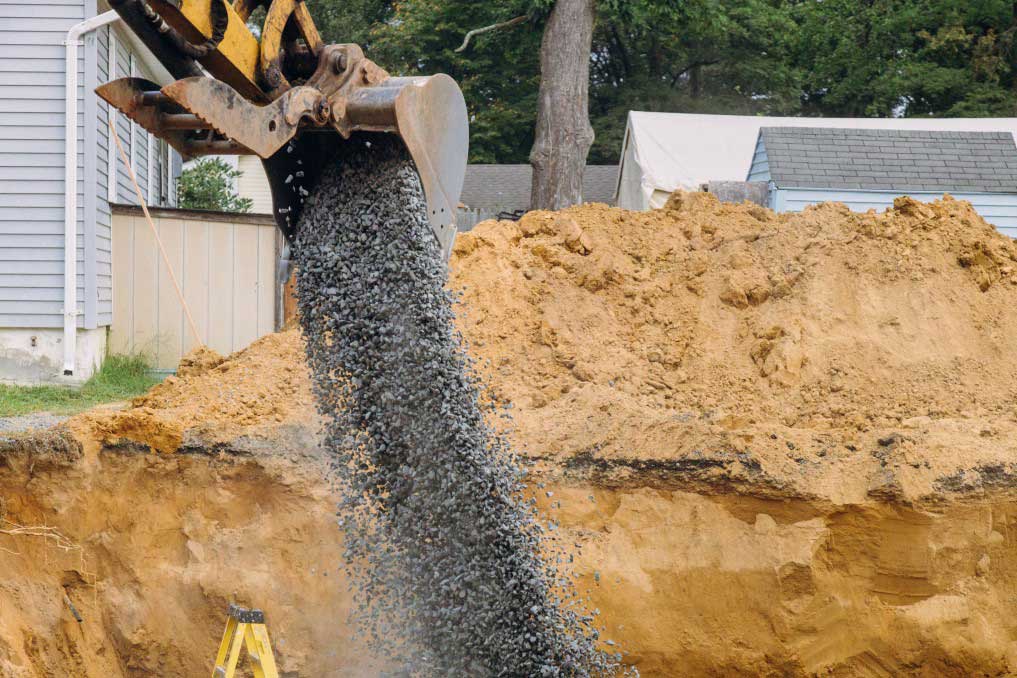Just like winter, springtime brings its own unique set of challenges for construction workers. To ensure safety while on the job, both employers and their workers need to understand the necessary precautions and safety equipment required to navigate the changing temperatures and extreme weather conditions common during the spring.
Personal Protective Equipment
Spring weather is fickle, often sunny and mild one day and near freezing the next. Construction crews should be equipped with the proper PPE, and extras—like gloves, boots, and warm layers—should be kept on site to replace wet equipment or in case of a sudden change in the weather.
To combat low visibility weather like fog and rain, employees should also wear reflective, hi-vis raincoats or vests. Waterproof gloves and boots with good grip and traction are also a must for traversing jobsites in the spring, and to improve visibility, anti-fog spray can be applied to safety glasses to keep them clear.
Review Weather Protocol
Before you head out to tackle the first project of the season, give your crew a refresher on the protocols for dealing with extreme weather. Thunderstorms are frequent in spring, and working around metal structures and tall equipment puts construction workers at risk of lightning strikes. Foremen should not only be aware of the forecast but should also watch for signs of a developing storm during the workday. Even if thunder is distant, lightning can strike 10 miles from a storm, and crews should take shelter until the threat has passed.
Strong winds are also common during the spring. If your employees are working high above the ground, review fall protection, ensure proper harness usage, and encourage your crew to move with heightened caution in strong winds.
In early spring, fluctuating temperatures can cause rain and melting snow to refreeze into slippery spots. Just like in winter, on days when the temperature dips below freezing, make sure to inspect the jobsite before work begins, tackling ice with salt or sand for traction.
Mud and Earthwork Safety
Spring showers plus thawing ground equals mud—lots of mud. Employees should wipe or stomp off muddy boots before getting onto equipment to avoid slipping. To ensure your machinery stays functioning at its best, try to keep them clean of mud and dirt, especially on the undercarriage.
If your operation is moving earth this spring, check the ground stability before moving an excavator over it to reduce the risk of getting stuck or tipping over. Additionally, employees need to understand backover prevention, including how to establish safe paths for pedestrian traffic and awareness of equipment blind spots.
For more seasonal safety tips, visit the Landwehr Construction blog.

